Instagram may be the golden child of social media among artisan brands, but Pinterest holds some serious firepower. In fact, 83% of weekly Pinners have made a purchase based on content they discovered from brands on Pinterest. With 400 million monthly users, Pinterest is worth more than a passing thought. I recommend that every artisan brand invest time weekly cultivating their Pinterest presence, but artisan brands selling products in the self-care, home decor, specialty food, and crafting space should take an especially close look.
Understanding Pinterest’s potential for artisan brands

Throughout the month of August, I’ll be focusing on tightening up the Pinterest strategy for members of the Think Tank, my mastermind group for product-based brand owners. As I began the research process in preparation for this work, I was once again reminded of the potential that Pinterest holds- both in terms of reach and traction.
- 71% of global Pinterest users are female, and Pinterest reaches 83% of American women between the ages of 25-54. These women are the primary drivers of household purchasing decisions.
- Pinterest’s popularity has been growing among men, and the platform now reaches 40% of American dads.
- 97% of searches are unbranded, proving that users are open-minded and looking beyond brands they already know.
- The three most popular categories on Pinterest? Food + Drink, DIY + Crafts, and Home Décor.
Powerful stuff! Ready to dive in? There are some simple pinning guidelines to keep in mind as you begin your work on Pinterest.

Best Practices for Pinterest Pins
Everything starts with your customers. As you plan content, think about what types of information your customers are searching for. As with everything else in marketing, success on Pinterest begins with intimately understanding your target audience.
Pin regularly and consistently. It’s better to use a scheduling tool to post content throughout the week versus a once-a-week or once-a-month content dump.
Create multiple boards with a narrow focus. Boards serve as “buckets” of content that you fill with pins related to the subject of the board.
Use high-quality images. Pinterest is an especially visual medium, so aim for the same caliber of photos that you’d post to your Instagram feed. Editorial photos (those which show the product in context) generally perform better than products featured on a stark white background. Avoid using stock photography on Pinterest.
Create multiple pins (and descriptions) that lead back to the same source content. Pinterest favors “fresh” pins, so it’s wise to feed a steady stream of pins to the platform while keeping in mind that “fresh pins” don’t have to connect to “fresh content” on your site. For example, you can create multiple pins leading back to a single blog post.
Use “Rich Pins.” Rich Pins are pins with extra information added to the pin itself. For products, this information could include the price, availability, description, and where to purchase. This information is pulled directly from your website’s product listing and updates automatically. Not sure how to get started with Rich Pins? It’s an easy, one-time setup. Learn more about Rich Pins on Pinterest.

Consider adding short video pins for increased traction. The ability to add video pins was launched in 2018, but video is hotter than ever. Ready to give it a go? Peek at this curated list of Pinterest creative specs for more, along with simple instructions.
Make certain that you’ve confirmed your Instagram, Etsy, and YouTube accounts on Pinterest. When people pin your content from those platforms to Pinterest, your account will automatically be attributed with the engagement, boosting your impressions, visibility, and engagement. Learn more about claiming these accounts on Pinterest.
Post seasonal content 45 days in advance of the event or season. Seasonality is key on Pinterest, and a significant amount of content on the platform is tied to the changing of seasons or a specific holiday or event.
Ready to get your Pinterest strategy on lock?
For the month of August, my mastermind members will be taking action to up their Pinterest game. We’re exploring the best types of content to create and share, how to organize boards, best practices for individual pins, how to build a stronger profile, and ways to build our following. Plus, I’m sharing my top 30 Pinterest accounts to follow as inspiration.
I’d be honored to save a seat for you in the Think Tank, my mastermind for product-based business owners! We tackle a new strategy each month, and I release detailed curriculum developed exclusively for my membership to bring them up to speed. We huddle around that curriculum all month long in our private Facebook community, we launch member challenges to help you put those strategies into action, and we welcome a special Expert Guest each month, giving members the opportunity meet seasoned professionals while picking up juicy morsels of wisdom.
I’m excited to welcome Kate Ahl of Simple Pin Media into the Think Tank as this month’s Expert Guest. She’s helped thousands of small business owners get more traction on Pinterest, and she hosts the “Simple Pin Podcast” which just celebrated its 200th episode! Kate and her team of 40+ Pinterest experts help small businesses create content and manage their accounts with more ease and better results, and I’m honored to have her on deck to answer member questions later this month. Want to ask Kate your Pinterest strategy questions? There’s still time to join us in August. Grab your seat– you can cancel at any time. I’ll see you inside!
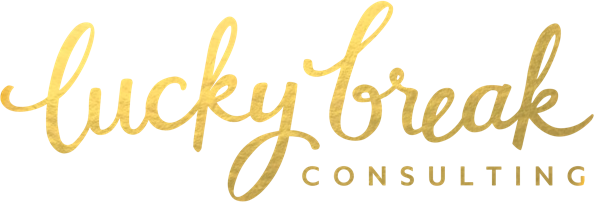

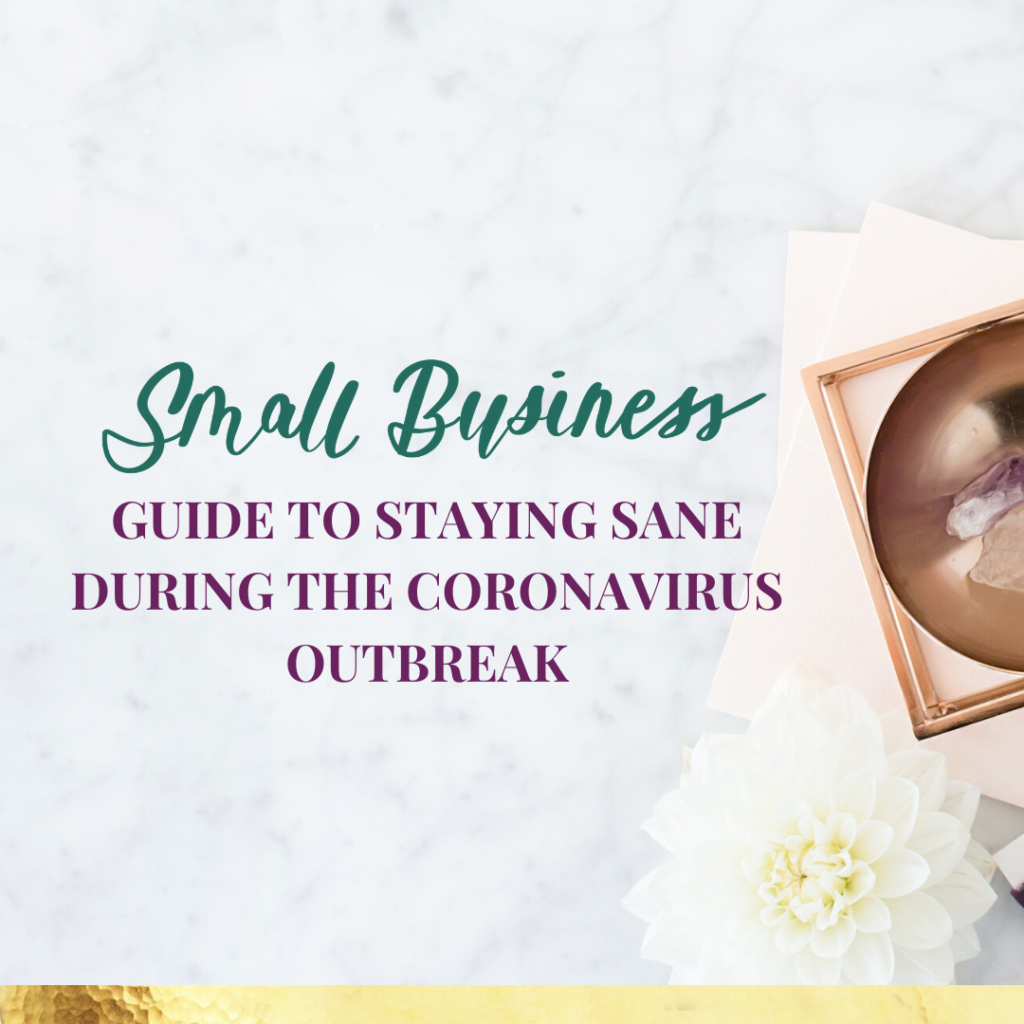

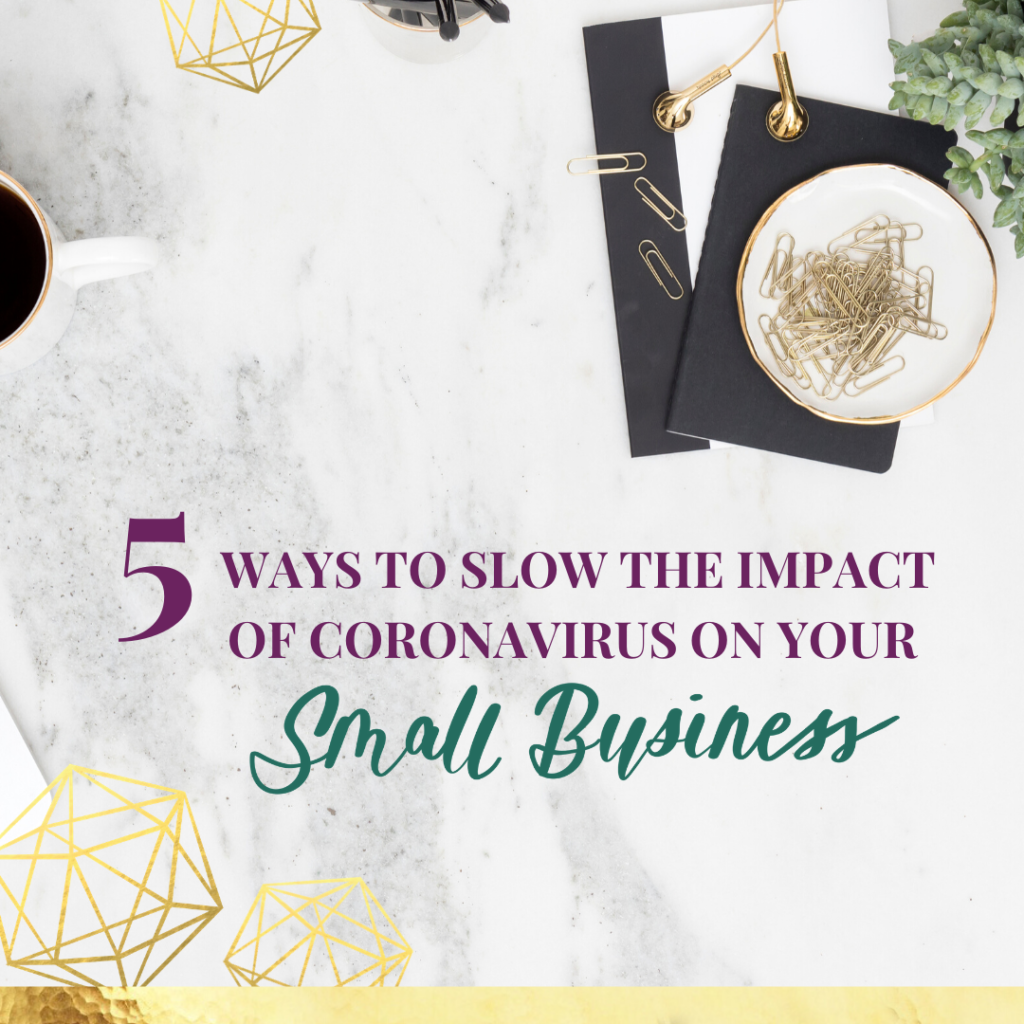
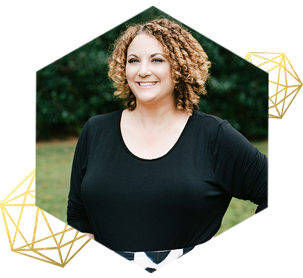

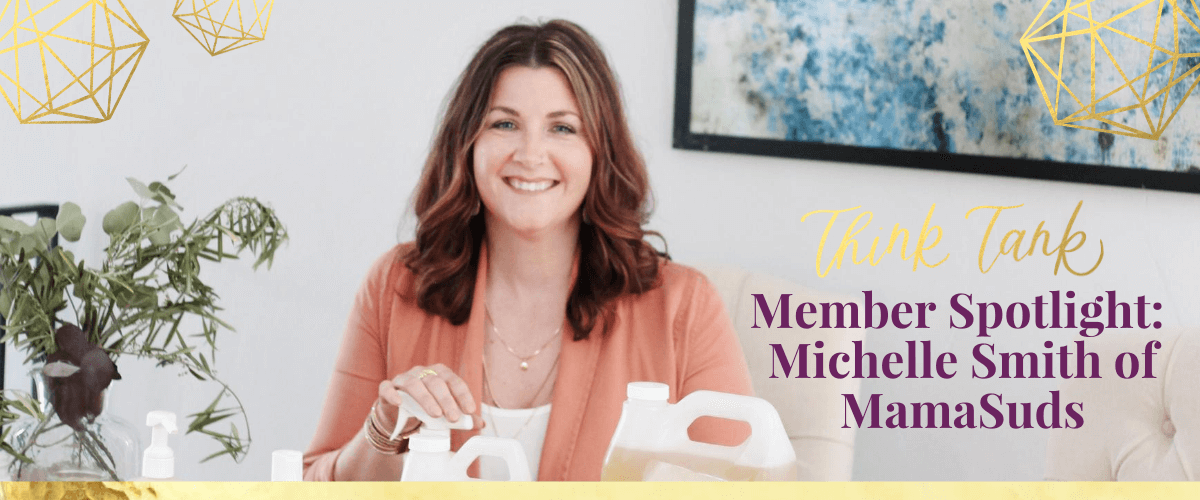
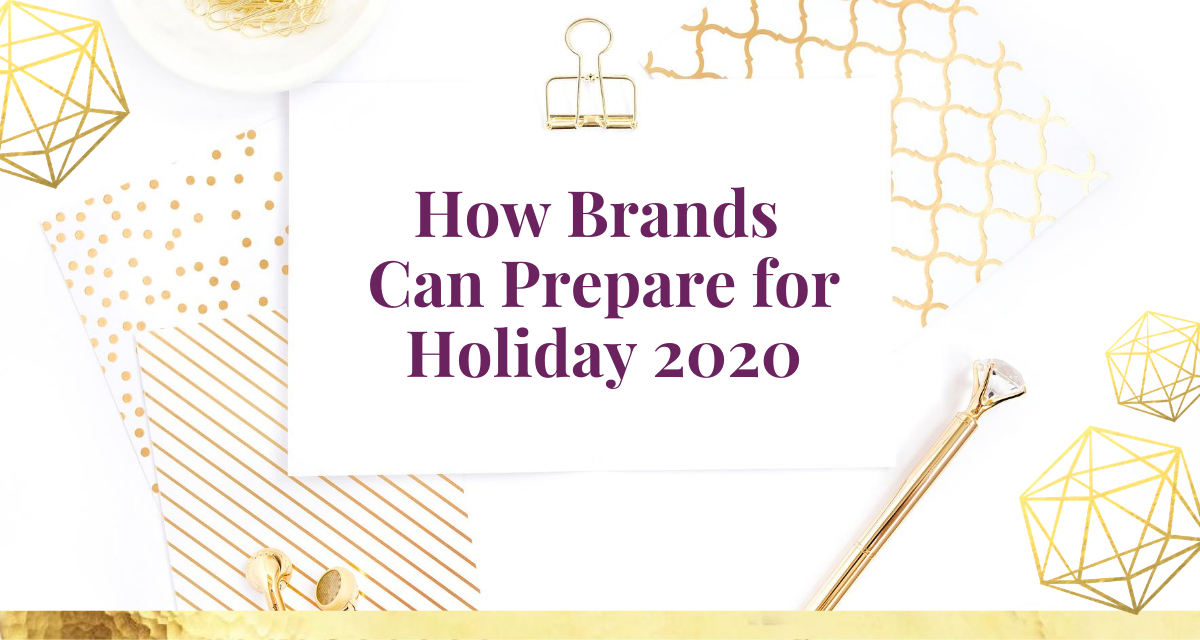
I am so excited for this topic! I’ve avoided Pinterest largely because I don’t understand how to use it as a business. Great article!
Thank you so much for sharing this blog. I am better armes to finally use my account that I have kept on the quiet for too long.
Johanne
SO glad we’re covering Pinterest this month in the Think Tank. It’s kind of been my Everest for search engines (yep, I called Pinterest a search engine) ever since the SEO expert you hosted earlier this year helped me start swinging my organic traffic in a positive direction.